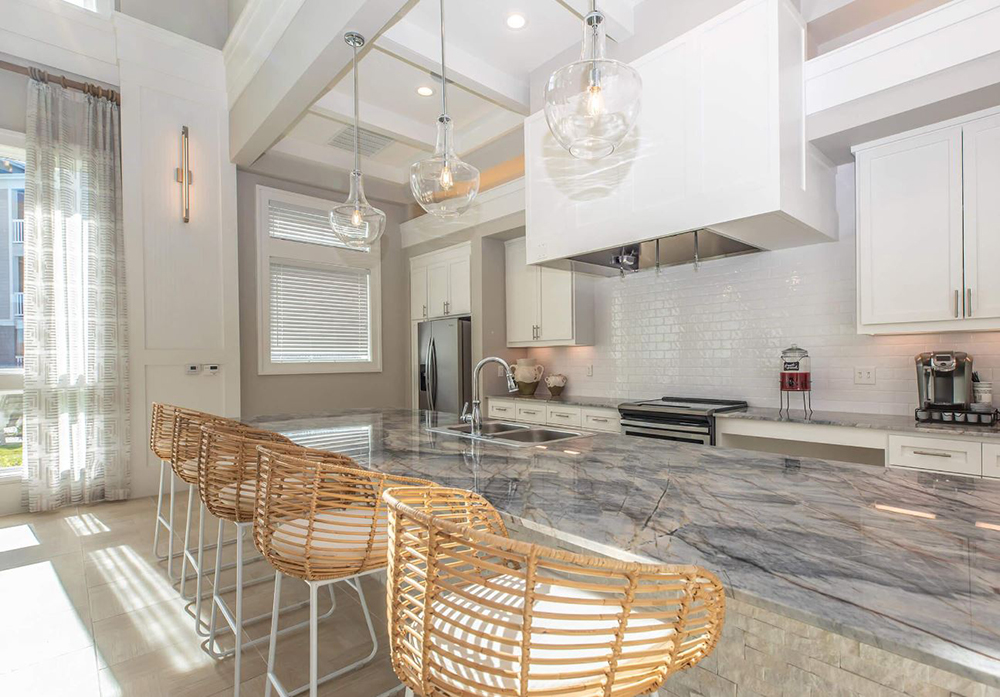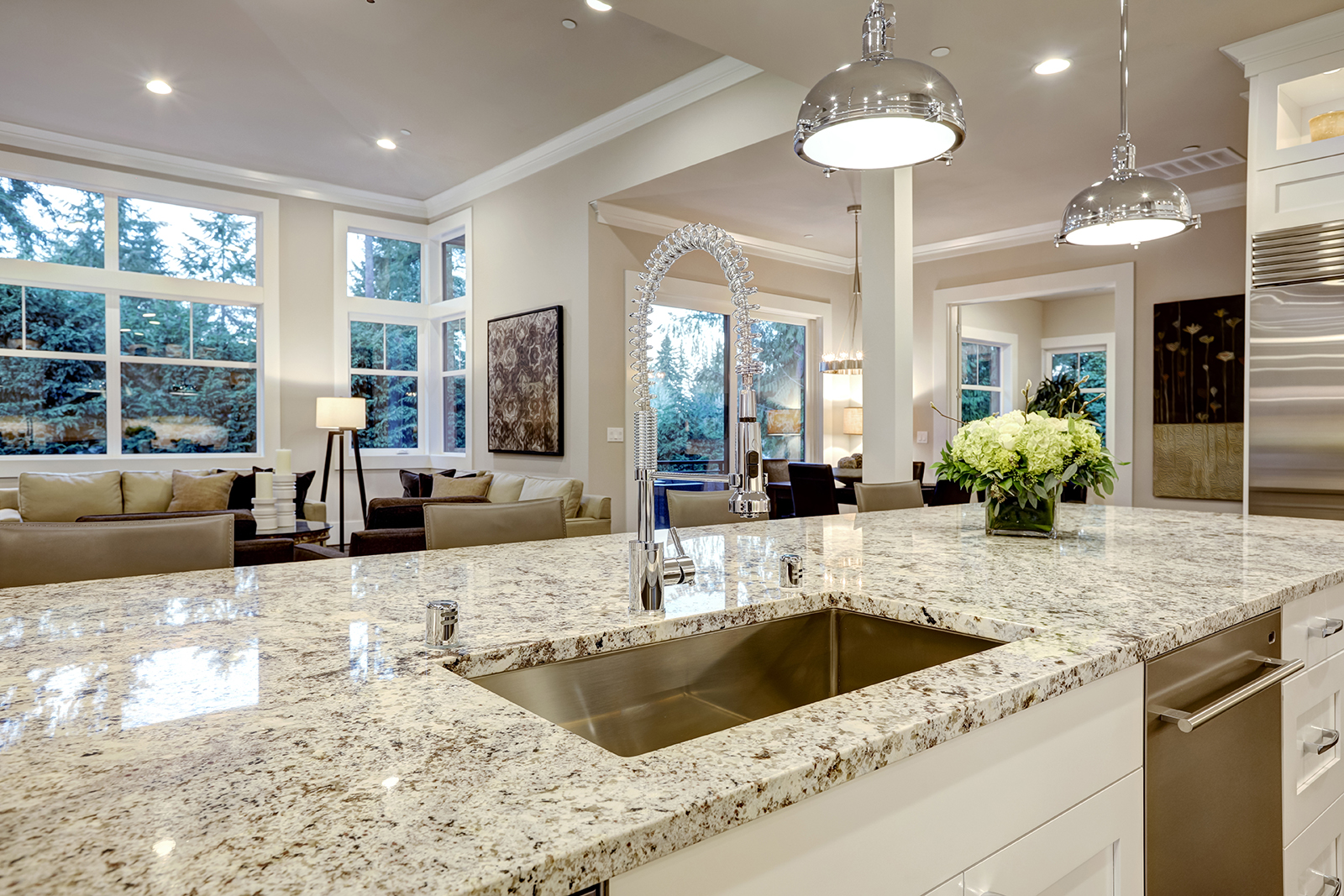
Natural stone countertops are rapidly becoming a top choice for homeowners giving their kitchens or bathrooms a makeover. Two of the most popular countertop materials are marble and quartzite. Both offer their own advantages. However, if you’re considering investing in a quartzite or marble countertop, you need to make a well-informed decision. There are a number of misconceptions about natural stone. There are also some things that you need to know if you’re considering investing in countertops made from these materials. With this in mind, here are three things you didn’t know about countertops made from natural stone.
1. Acids Cause Marble Etching
One thing that you need to be aware of if you’re considering marble countertops is the issue of marble etching. Although marble is a durable, beautiful material for your counter surfaces, it’s possible to damage it if you aren’t careful. Marble etching is one common problem that homeowners experience when choosing this material for their counters. It occurs during the exposure of marble to acidic substances. When etching occurs, it causes a physical change to the marble’s surface. It changes not only its appearance but also its texture. Etching leaves the marble surface looking dull, with white spots across it. It also feels rougher to the touch rather than smooth and flawless.
Also Read: Natural Stone Countertops Create Modern Interiors
Marble etching occurs due to a chemical reaction between the marble and the acid substance coming into contact with it. The acid essentially corrodes the surface of the marble, permanently damaging it. It is, therefore, essential to take care when using acidic substances around your marble countertops to prevent damage.
A lot of people fail to realize that many commonly used substances in the home contain acids. For example, some popular foods and drinks contain acids, such as lemon, vinegar, alcohol-based products, wine, and orange juice. Some cleaning products with a low pH level also contain acid. All of these substances cause marble etching, so you need to be careful when using them in your kitchen.
Some people mistake etching for staining of their marble surface. However, it’s possible to tell the difference between the two things by examining the color of the surface damage. Staining will always appear to be darker than the original color of the stone. Etching, meanwhile, is a lighter shade than the stone’s original color.
You can avoid etching by taking some simple precautions. Avoid using any harsh cleaning products on your marble surfaces. Also, make sure you use a chopping board when preparing food and clean up any spills straight away. You should also seal your marble surfaces to avoid damage.
2. There Is No Such Thing As Soft Quartzite
Quartzite is a metamorphic rock that is virtually made entirely from quartz. Quartzite is extremely hard. It registers at a seven on the Mohs hardness scale. That is even harder than glass or a knife blade. Therefore, if you see quartzite with a label saying “soft quartzite,” that is a mislabel. Sometimes, manufacturers use the term “soft quartzite” to explain why the rocks labeled as “quartzite” aren’t hard or durable. It’s essential to be aware that there is no such thing as soft quartzite. All quartzite is hard. Any rocks that come with a label saying soft quartzite are probably marble or dolomite.
3. Quartz Isn’t Another Name For Quartzite
It’s easy to see why many people are confused about the two terms “quartz” and “quartzite.” After all, they sound very similar. Nevertheless, they aren’t the same thing. In fact, both are different in several ways, including in appearance, composition, durability, and maintenance.
Quartz is a manufactured product with a composition of around 90% ground quartz with pigments and polymer resin added in. Unnatural patterns and colors are possible with quartz, thanks to the pigments that it contains. If you’re confused about whether a countertop is quartz or quartzite, take a look at the color and pattern. If it has a shade and pattern that doesn’t occur in nature, it’s a man-made product. Quartz also requires less maintenance than quartzite, which makes it easier to care for.
Quartzite, on the other hand, is a naturally occurring metamorphic rock that is eco-friendly. It comes in earthy, natural colors because it is a natural product and not a man-made one. It is also more durable and heat resistant than quartz. Another difference is that quartzite requires sealing regularly. Although quartzite is often more expensive than quartz, it is better in terms of quality. For this reason, it’s a wiser choice when choosing countertops for your kitchen or bathroom.
Natural Stone Is A Beautiful Choice
Whether you’re seeking countertops for your kitchen or bathroom, natural stone is a perfect choice. Durable, beautiful, and long-lasting natural stone countertops are ideal for any home. As long as you’re aware of how to care for them properly, they’ll stand the test of time.

